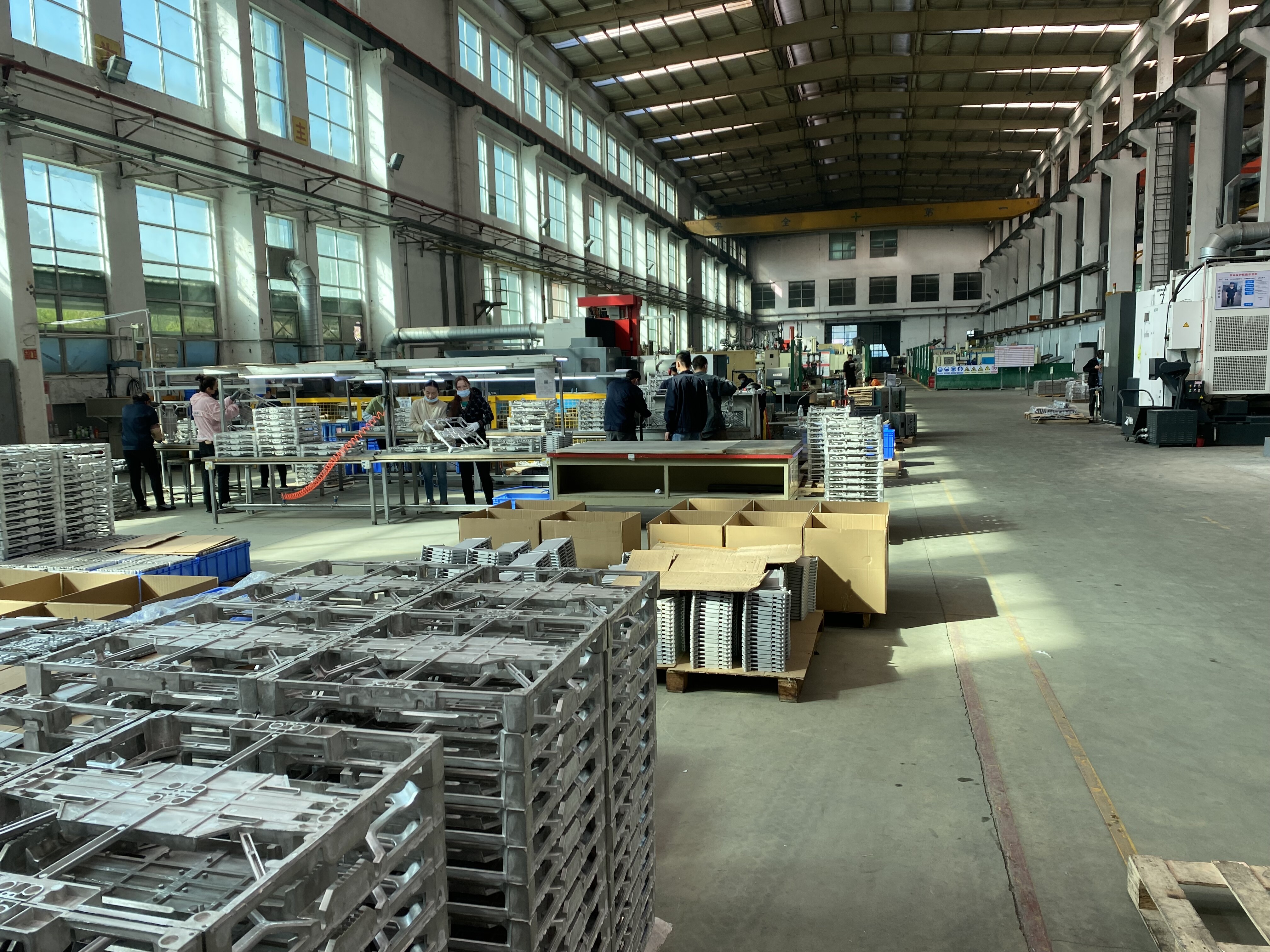Correo electrónico ukax janiw ch’usakïkaspati
Contraseña ukax janiw ch’usakïkaspati
Correo electrónico formato ukan pantjasitapa
Correo electrónico ukax janiw ch’usakïkaspati
Correo electrónico ukax nayratpach utjxiwa
6-20 chimpunaka(letranakampi jakhunakampikiwa)
Uka aruskipawixa janiwa chiqaparu uñjatäkiti
Correo electrónico formato ukan pantjasitapa
Correo electrónico ukax janiw ch’usakïkaspati
Correo electrónico ukax janiw utjkiti
6-20 chimpunaka(letranakampi jakhunakampikiwa)
Uka aruskipawixa janiwa chiqaparu uñjatäkiti

Yatiyawinaka
How to Distinguish Between Die Casting and Die Mold Satin
The essence of the continuous casting and forging process is to use one piece of equipment, in the same set of molds, to complete the continuous casting and forging. The continuous casting and forging process is not a new process, its principle has a long history. The most typical and simplest continuous casting and continuous forging process is the liquid die forging (molten soup forging) process that we are familiar with.
The die-casting die forging process, vividly speaking, is a kind of special equipment with a higher degree of automation to produce liquid die forgings whose structure is as complex as that of ordinary die-casting parts. Because of this, it is not easy for us to distinguish the appearance of die-casting die forgings and ordinary die-castings. The quality of the blank produced by the continuous casting and forging process is similar to the "casting first and then forging" process.

The first casting and then forging process is very common: a total of two sets of molds are required for the production of blanks, one for manual ordinary metal mold casting, and the other for precision forging using a friction punch or a hydraulic press.
Die casting die forging process introduction:
The die-casting die forging process is a process completed on a dedicated die-casting die forging machine. Its basic process is: the molten metal is first cast at low speed or high speed and filled into the cavity of the mold, the mold has a movable cavity surface, and it is pressurized and forged with the cooling process of the molten metal, which not only eliminates the shrinkage of the blank. Loose defects also make the internal structure of the blank reach the broken grains in the forged state.
The comprehensive mechanical properties of the blank are significantly improved. In addition, the rough produced by this process has a surface finish of grade 7 (RA1.6), which has metallic luster like the surface produced by the cold extrusion process or machining. Therefore, we call the die-casting die forging process "extreme forming process", which is a step further than "no cutting, small allowance forming process". Another advantage of the die-casting die forging process is that in addition to the production of traditional casting materials, it can also use deformed alloys and forged alloys to produce parts with complex structures. These alloy grades include: hard aluminum, super hard aluminum alloy, wrought aluminum alloy, such as LY11, LY12, 6061, 6063, LYC, LD, etc.). The tensile strength of these materials is nearly double that of ordinary cast alloys, which has more positive significance for aluminum alloy automobile wheels, frames and other parts that are expected to be produced with higher-strength impact-resistant materials.
The method of distinguishing these two kinds of blanks:
From the appearance, it is difficult for us to distinguish the blanks produced by these two processes. If you see a machined part, it's even harder to tell the difference. Therefore, we can only reverse the analysis and judgment:
Die-casting parts are generally "structural parts", while die-casting die forgings are "functional parts"
"Structure" is the opposite of "functional". The latter generally refers to the need to withstand impact, high temperature, pressure, strength (force), as well as surface treatment (such as anodizing), heat treatment (solid solution strengthening), etc. Typical products are engine blocks, hubs, pistons, connecting rods, brake shoes, pneumatic or hydraulic valve bodies (such as common three-position, five-way valves), etc. The former is such as door frame, instrument panel, engine cover and so on.
Judging from material composition
Because die castings are generally cast alloys, other grades of alloys, are often produced by the die casting die forging process.
Judging from the processing requirements of the blank on its outer surface
For example, aluminum die castings contain microscopic pores (commonly known as "water marks") on the outer surface due to the presence of silicon and the blanks produced by the die casting process. After anodizing, there will be "black spots" on the surface of this material. Therefore, if the blank is required to be anodized, this blank will not be produced by the ordinary die casting process. The fourth is to judge from the metallographic structure. We can easily distinguish between die castings and die forgings in terms of metallography. The former is a dendritic as-cast structure, and the latter is a forged structure with uniform broken grains.
Conclusion
For more information about die casting process steps,magnesium die casting,zinc alloy die casting, we are glad to answer for you.

